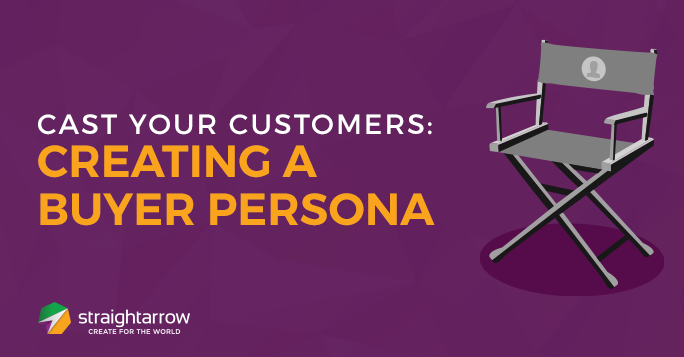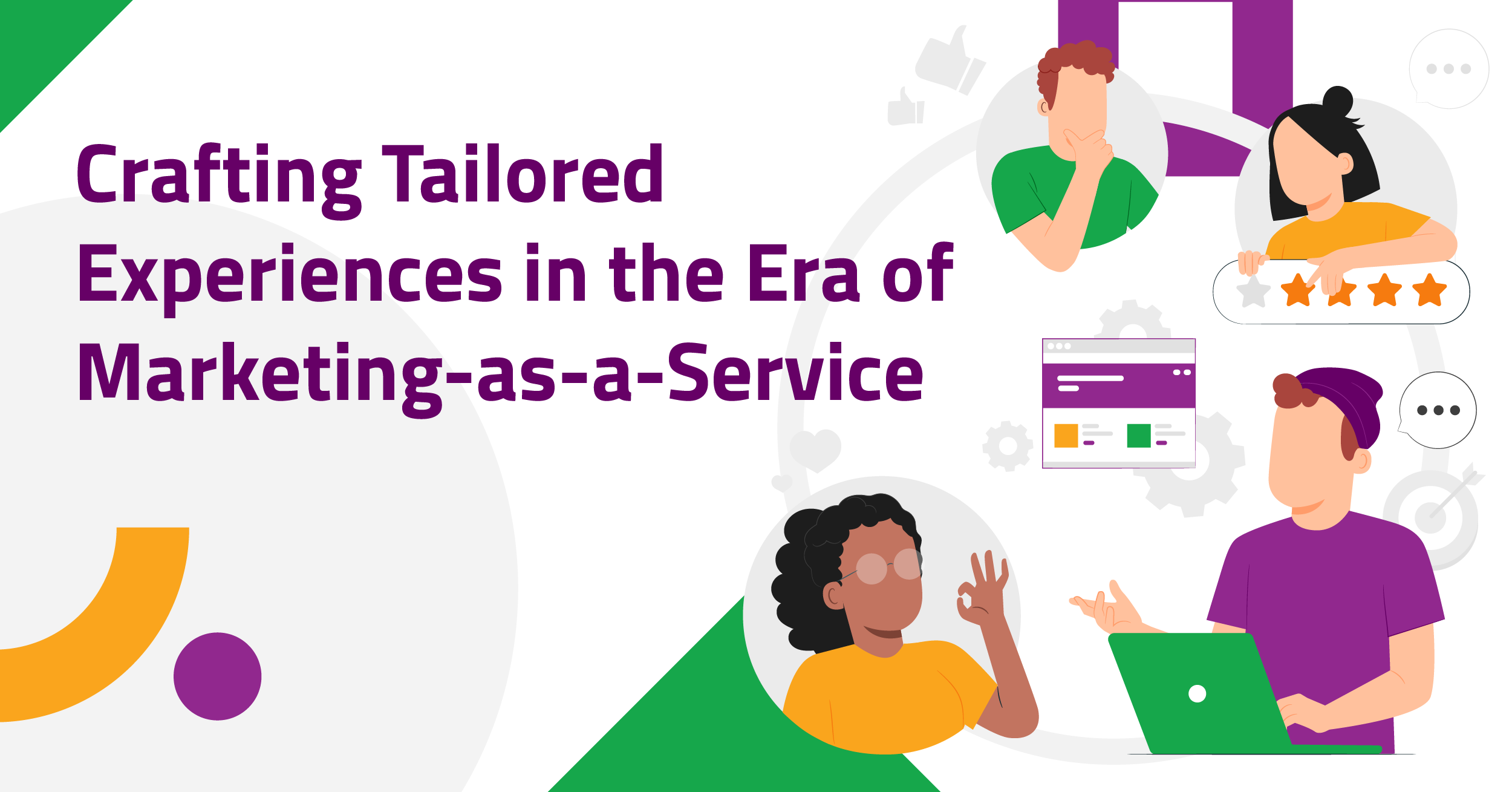
Persuasion relies on knowing the party you aim to convince—in marketing, your customers. A buyer persona is key to reaching the people you want as clients.
A buyer persona is a fictional but research-based representation of a kind of person that a company wants as a customer. It is fictional as far as it does not represent any specific, existing person; but it nonetheless reflects traits, motives and behaviours common in the sort of potential customer it describes.
Buyer personas, at a glance, may look like collections of descriptors and traits, but when put to use can serve as much more than just illustrations of an archetype. A good buyer persona provides insight into what messages to send, what language or voice to adopt, what channels to use and when to use them in approaching certain potential customers. In other words, it provides an additional level of focus to your marketing strategies.
Personalizing
Crafting a buyer persona begins with identifying the type of person you want as a customer. This should be a fairly flexible at first: a certain kind of career or household profile would suffice, for example. More definite and substantial information should accrue over the course of your research.
Next, identify your potential sources of research. Leads and past customers are always a good way to start. After all, you already have the means to contact them and, in the case of customers, they’d already have experienced what your brand has to offer. In case these prospects seem slim, you can also turn to your professional network for referrals—friends, peers and clients of your contacts who fit the bill of your desired customers may be willing to provide you with helpful information.
But what exactly constitutes helpful information? Keep in mind what the end goal of a buyer persona is: it helps you craft your message, position your brand, and develop an effective overall marketing strategy. The questions you ask should all contribute to achieving these goals.
Demographic questions are always a good way to start. Anything that wasn’t covered in your initial target can be filled up here: age, gender, educational background, the company they work in and the role they fulfill there, and so on. Individually, these are minor points of information, but they will allow you to establish patterns in a broad consumer base later on. Understanding where your prospective customers come from will help you adjust your message to reach them where they are.
With background information taken care of, you can proceed to the deeper questions in your research. Here you want to identify the things that drive your customers, especially but not exclusively in how they choose products and services to invest in. Below are a few key points to cover:
1. Goals
These may be either personal (e.g. achieving a certain income or lifestyle) or professional (e.g. helping the company meet a target), and in most cases you’ll want to know a bit of both. Layer this further by distinguishing between long-term goals and short-term goals.
2. Challenges
What exactly is getting in the way of your customer meeting those goals? Aim for specificity here, as broad challenges won’t yield targeted solutions. Also, while it’s important to let hear your customers out, remember that this information is self-reported and people sometimes mistake the biggest obstacles they face.
3. Fears
What’s at stake if they don’t overcome those challenges? Or what might befall them even if they do? Fears are a dark counterpart to goals and are equally important in understanding your potential customers. Even if your solution can meet their goals, if it aggravates their fears while doing so, they may back off.
4. Objections
Find out the most common reasons potential customers would refuse a deal. This might be something they decide on, or something beyond their control, like a boss or partner they can’t convince. Again, look past the surface on this one—the common elements may be hidden behind the most immediate obstacles.
5. Behaviour
Where the other questions focus on motives; this focuses on methods. Where do your ideal customers get their information? Who and what influence their decisions? Where and when are they most likely to buy? Information gathered here is especially relevant to choosing your channels and timing your messages.
Once you’ve put together enough responses, look for patterns and trends. Identify the most common responses in each category and list them down. As you’re trying to establish a sort of archetypal buyer, these points should be fairly broad, allowing the buyer persona to represent a range of people. At the same time, you’ll want to zoom in on a few answers that capture the essence of the persona—direct quotes, anecdotes and testimonials will help in this regard.
Finally, when your information has been collected, put it into a form that’s easy to understand and communicate. After all, the buyer persona should be useful to anyone involved in your company’s work, even if they’re not directly involved in sales or marketing. There are a number of free templates available, and you may wish to check these out.
Wider Casting
People change, and that includes your semi-fictitious buyer persona. Even as you use the persona to guide your strategy, keep it updated by carrying out continuous research on your customers and watching for new patterns. You can also add more buyer personae to reflect other types of customers your company wants to reach, or even those it specifically wants to avoid.
If you want to cast your net farther and capture more of your audience, consider outsourcing some of your marketing processes to a team of specialists who can help you build and utilize a roster of well-crafted buyer persona. Download our e-book on Creative Process Outsourcing and find a solution that matches your company’s needs.











Comments